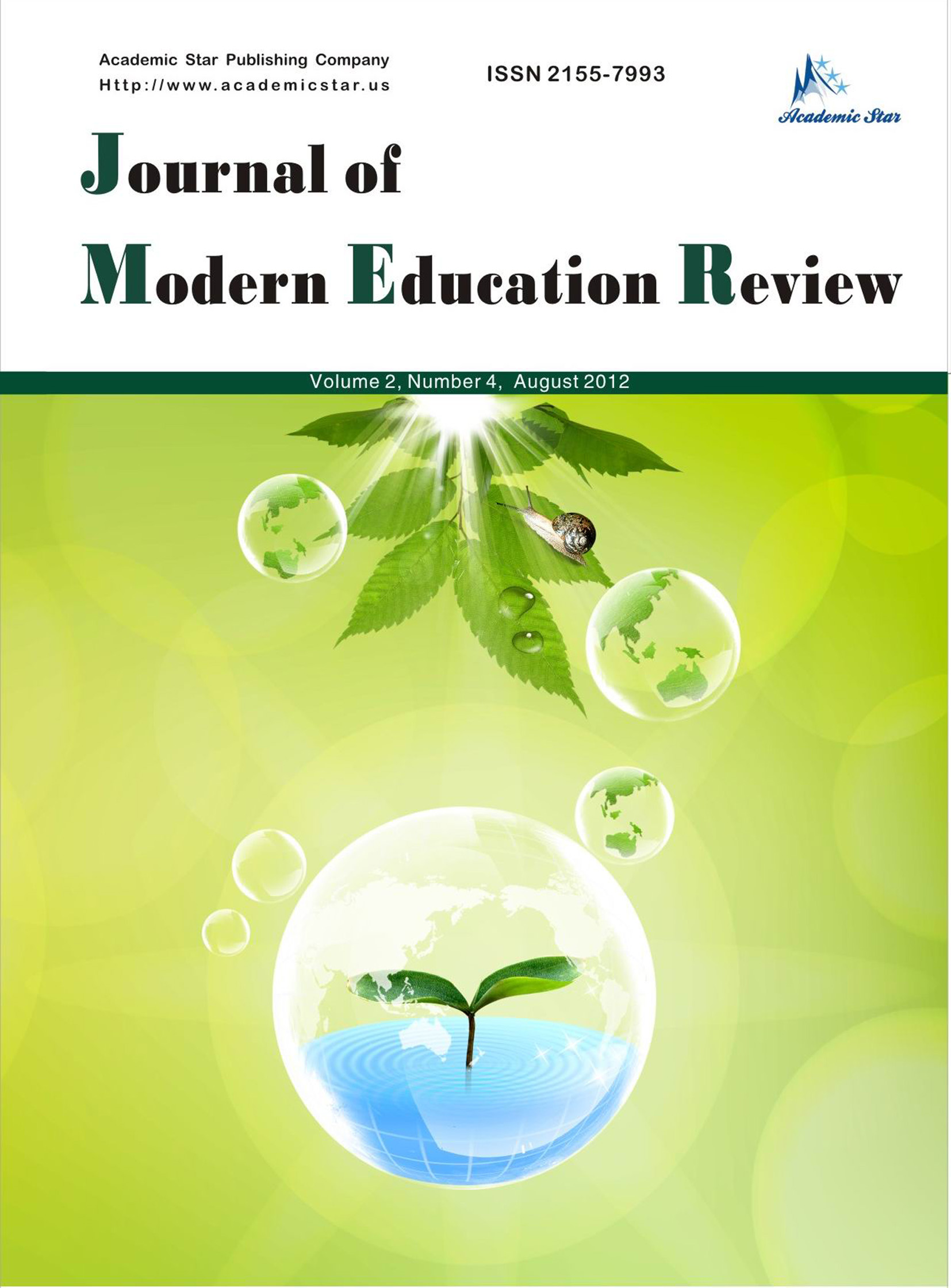
- ISSN: 2155-7993
- Journal of Modern Education Review
Visospace Skill, Hearing Discrimination, and Academic Performance in a Group of Students of the Second Cycle of the Primary Level in the Dominican Republic
(Instituto Superior de Formación Docente Salomé Ureña, Universidad Autónoma de Santo Domingo, Dominicana)
Abstract: The present study addressed the determination of the relationship between visuospatial ability, auditory discrimination and academic performance in a group of students of the second cycle of the Primary Level, in an Educational Center in the Dominican Republic. The general objective was to determine if there is a relationship between visuospatial ability, auditory discrimination, and academic performance in a group of students. The methodology was framed in using the descriptive, correlational and non-experimental design, where the variables will not be manipulated. The PAF Auditory Discrimination Test (Valles, 1990) was used to assess auditory discrimination. The Copy and Reproduction test of the Rey Complex Figure (Test del Rey 1942) was used to assess visuospatial skills and to determine academic performance the averages of each subject were compiled, extracting from them a general average.
The results showed that: between visuospatial skills and auditory discrimination, there is no correlation, both in the Copy FCR and Memory FCR. Between auditory discrimination and academic performance of 4th, 5th. and 6th. In primary school grades, there is no statistically significant correlation between visuospatial skills and academic performance; there is no linear association in students who are in grades 4, 5, and 6, and finally that between Visospatial Skill (Copy FCR) and Academic Performance there is no significant relationship, in conclusion it can be stated that: there is a statistically significant, positive, direct and moderate linear association between Visospatial Skills (Memory FCR) and ( FCR Copia) in 4th, 5th. and 6th. primary level grades. Which shows that if the subjects do have visual support they could do a better job.
Key words: visuospatial skills, auditory discrimination, academic performance






